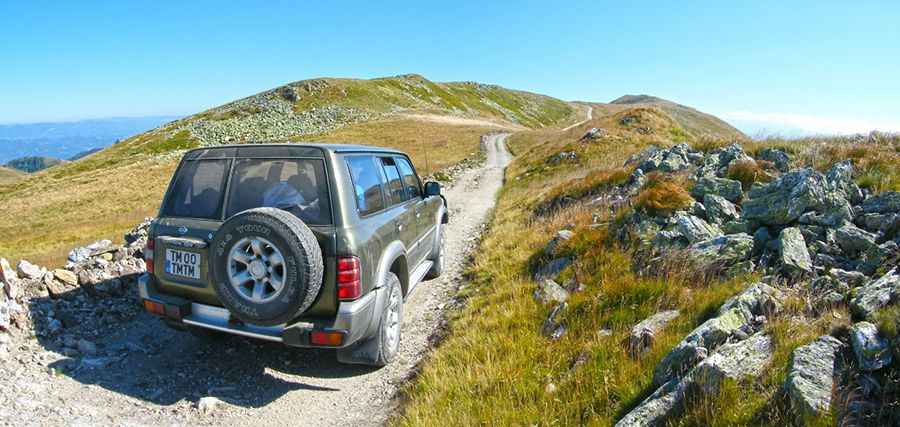Driving the historical Pasul Vulcan in the Southern Carpathians
Pasul Vâlcan is a high mountain pass at an elevation of 1.614m (5,295ft) above sea level, located in Romania.

Where is Vulcan Pass?
The pass is located on the boundary between Hunedoara and Gorj counties, in the western part of the country.
Can you drive through Vulcan Pass?
Set high on the western part of the Southern Carpathians, in the eastern part of the Vâlcan Mountains, the road to the summit, also known as Vilcan Pass, is mostly paved. It’s called DJ664. It’s navigable by most of passenger vehicles in dry weather, but a 4x4 vehicle is recommended.
How long is Vulcan Pass?
Tucked away on the Jiu valley, the pass is 41.9 km (26 miles) long running north-south from Vulcan (in Hunedoara County, Transylvania) to Târgu Jiu (the capital of Gorj County in the Oltenia region). The climb is extremely steep, hitting a 21.8% of maximum gradient through some of the ramps.
Why is Vulcan Pass famous for?
The summit hosts the Mihai Viteazul's monument, erected in honor of the Romanian heroes of the First World War and traces of trenches dug by the Romanians over a century ago. The pass would have been used by some of the Roman legions to reach the heart of Dacia, at Sarmizegetusa Regia. In 1788, during an invasion, the Turks managed to penetrate through the Vulcan Pass into Hategului Country, where they devastated the villages and took prisoners. In the 19th century, the place was mentioned by Jules Verne, in his novel "Carpathian Castle". In the autumn of 1916, in the Vulcan Pass and in the Jiului Gorge, there were terrible battles between the Romanian and the German and Austro-Hungarian armies, which forced entry into Transylvania. After the First World War, with the construction of the road and the railway through the Jiului Gorge, the Vâlcan Pass lost its strategic importance, but it remained a historical place and an attractive tourist area.
Pic: Petre Corici